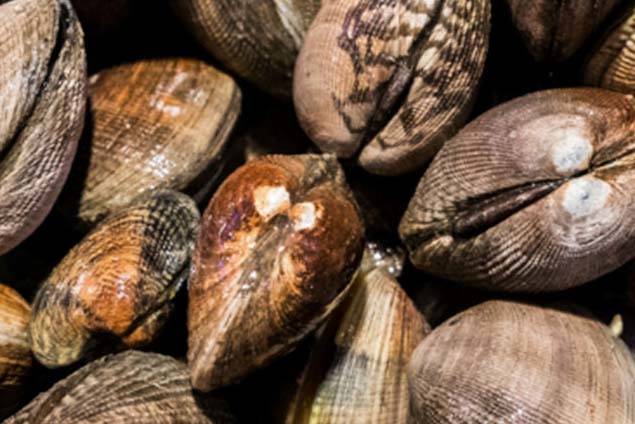For the first time in 10 years, an Alaskan has died from paralytic shellfish poisoning, according to a Wednesday release from the Department of Health and Social Services.
The person, who has not been named, ate blue mussels and snails collected from a Dutch Harbor beach on July 4. The shellfish were cooked before consumption, and the person developed symptoms about four hours after the shellfish were eaten, according to the release.
The person’s intial symptoms included tingling and numbness in the fingers, a floating sensation and vomiting. Several hours later, the person reported more severe symptoms, including numbness of the mouth, weakness of the hands and pain their neck and back.
After being treated at a local clinic, the person was flown to an Anchorage hospital, where they died.
An investigation from the State Medical Examiner’s Office determined that the person who died had underlying health conditions, but the primary cause of death was exposure to paralytic shellfish toxin.
This is the first known death in Alaska associated with paralytic shellfish poisoning since 2010, when two deaths were reported. Since 1993, the State of Alaska has recorded four previous deaths — one in 1994, one in 1997 and two in 2010 — as well as more than 100 cases of shellfish poisoning.
The same day that the person developed paralytic shellfish poisoning, samples of blue mussels were collected from the same beach and found to have toxin levels more than 100 times higher the safe regulatory limit. Snail samples collected from the beach were also shown to have elevated toxin levels.
Warnings were issued immediately to the Dutch Harbor community with flyers and social media posts, and notices were tanslated into Spanish, Vietnamese and Tagalog.
Several Alaska communities have recently reported high levels of algal toxins, and dangerous levels of toxins in butter clams and blue mussels have been found in Craig, Chignik Lagoon, Hydaburg, Ketchikan, Kodiak, Kasaan, Juneau, Metlakatla and Unalaska.
Recreational shellfish harvesters should be aware of the danger of paralytic shellfish poisoning from all shellfish species found on Alaska beaches, officials said. No beaches in Alaska are designated as “safe” for non-commercial harvesting.
Alaska’s Department of Environmental Conservation requires commercially harvested shellfish to be regularly tested for toxins, so it is considered safe to consume. Shellfish toxins are not destroyed by cooking or freezing shellfish before consumption. The only treatment from paralytic shellfish poisoning is supportive care, often requiring mechanical ventilation. No antitoxin exists.
If you think you have symptoms of paralytic shellfish poisoning, call 911 immediately and report the case to Alaska’s Section of Epidemiology at 907-269-8000 or after-hours at 1-800-478-0084.
For more information on paralytic shellfish poisoning, visit the dec.alaska.gov or dhss.alaska.gov.

